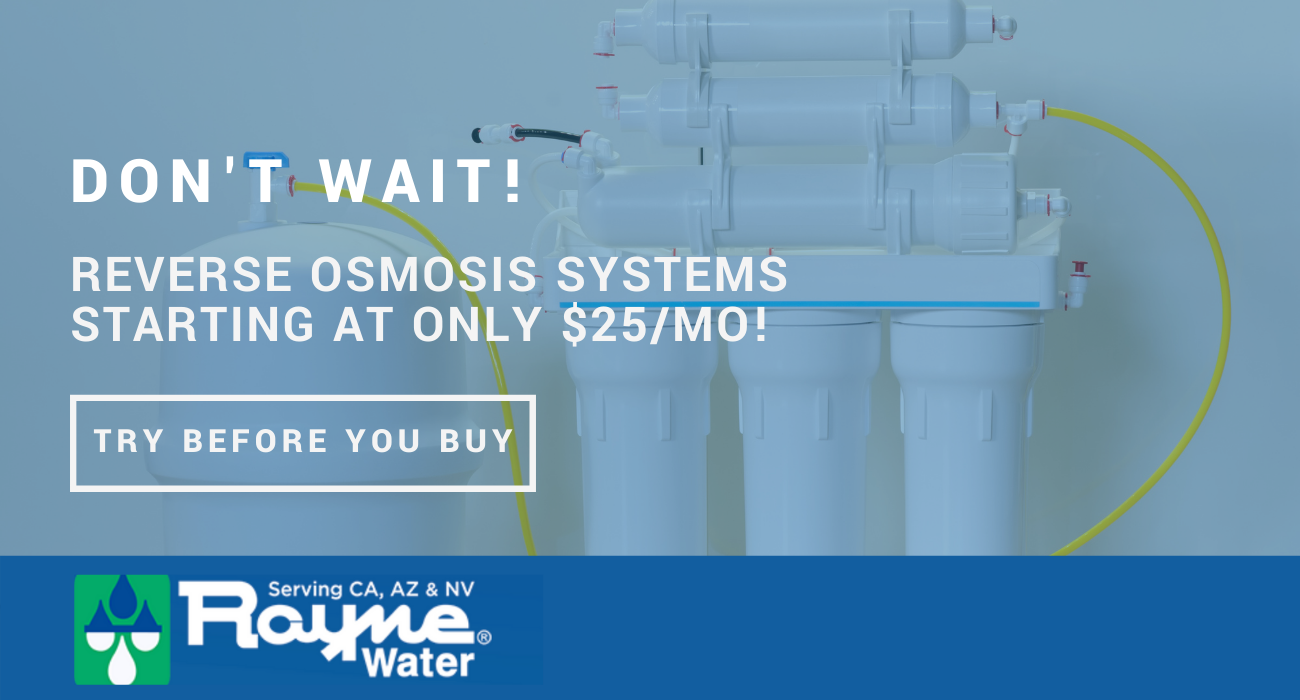Author: Ken Christopher | 7 min read | Nov 20, 2021
You may not think about how often you use tap water, but you should. Not only do you drink it, but you also use it to wash your dishes, brush your teeth, and make your morning coffee or tea. That means that unless you’re willing to pay for bottled water, you depend on your tap water a lot more than you might’ve initially thought.
Is it safe to drink the tap water in Irvine? Generally, yes.
According to water quality reports, Irvine has no present violations of the Safe Drinking Water Act (SDWA), and its water meets the EPA’s potable water guidelines. These guidelines ensure that Irvine’s tap water contains fewer potential pollutants than the maximum level allowed.1
But just because Irvine water meets those standards doesn’t mean it’s tasty or completely pollutant-free. In this article, we’ll cover everything you need to know about Irvine’s water, including where it comes from and how you can make sure it’s clean. Let’s jump in.
All of Irvine’s water gets sourced from the Irvine Ranch Water District (IRWD). And the IRWD gets its water from two places:2
Though Irvine’s water meets the EPA’s rules for community water systems safety, that doesn’t mean you’re wrong to worry about potential contamination or natural pollutants found in these water sources.
Just because water comes from a spring or river doesn’t mean it’s automatically clean drinking water. About 80% of the global wastewater created is put back into oceans, lakes, springs, and rivers without being properly treated.3 This fact means it’s perfectly reasonable to worry that some amount of the following could be in your drinking water:
And there’s more to the journey than just the trip through the aqueduct. The water also has to make its way through your pipes to get into your apartment building or home. And if those pipes are lead, you could be adding harmful contaminants to your water as you pour it into your glass.

It’s not just as simple as looking at your water to see if it’s dirty. While off-color drinking water is an obvious sign it’s not safe to drink, many potentially dangerous pollutants aren’t visible to the naked eye. Fortunately, there are ways you can assess your water quality at home. To make sure your water is clean, you can:
Even though it might be a bit of a process, you can take steps to ensure that your tap water at home is clean and truly pollution-free.
While you can go through the process of testing your water at home, it’s easier to skip the hassle and use a water system instead.
That’s where Rayne Water comes in. We have a variety of water systems available to put your mind at ease and ensure that you can trust the water you’re drinking. And our comprehensive water systems do more than ensure that your water is safe to drink. They also allow you to adjust the feel of the water in your mouth, giving you the drinking water quality experience you deserve.
So don’t spend any more time wondering what’s coming out of your tap or buying bottled water at the store. Instead, get started with a water softener and treatment system today.
Sources: